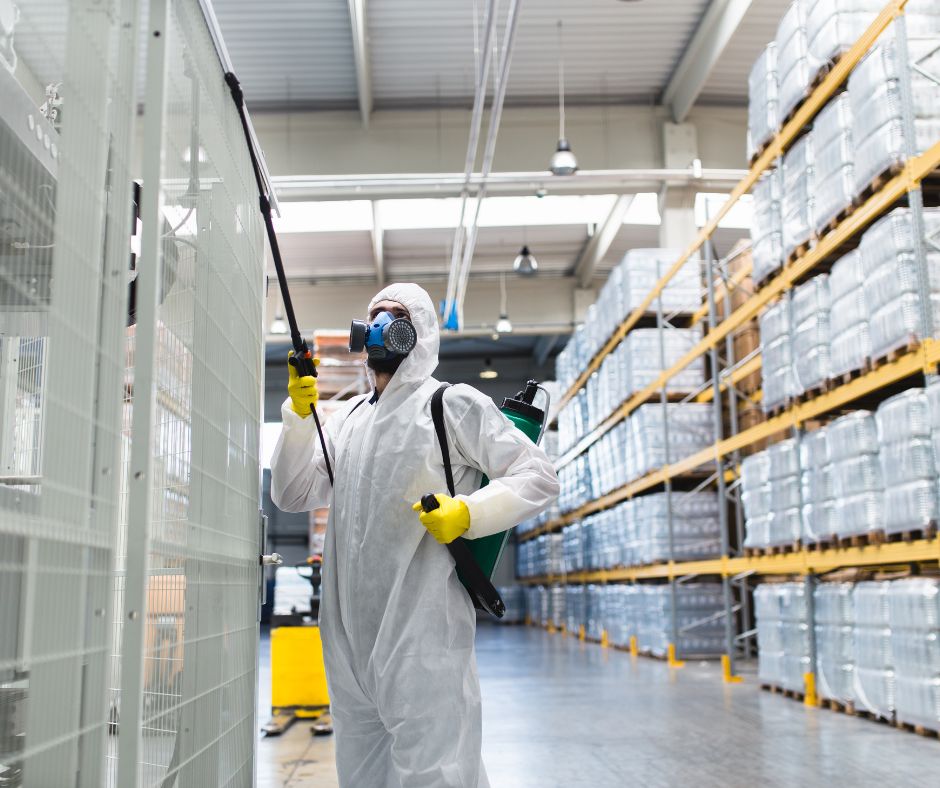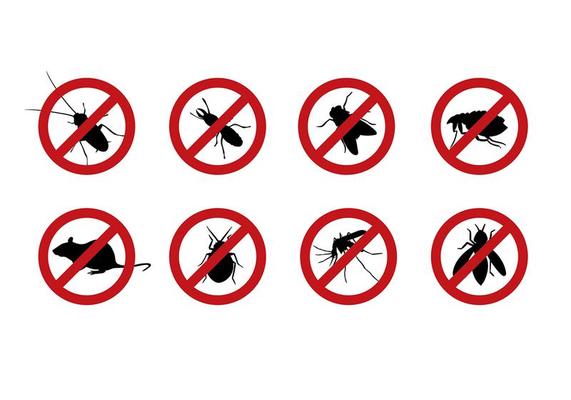Why Pest Control in Charlotte County Is Important for Your Home’s Health
Discover the Most Current Breakthroughs in Pest Control and How to Apply Effective Treatment Solutions
In recent years, the area of pest control has actually seen substantial improvements, driven by the need for sustainable and effective treatment remedies. Ingenious strategies such as Integrated Bug Monitoring (IPM) combine environment-friendly techniques with sophisticated innovation, boosting both efficacy and environmental duty.
Eco-Friendly Pest Control Options
Over the last few years, the demand for environment-friendly bug control alternatives has actually surged as property owners and companies alike seek lasting choices to traditional chemical therapies. This change is driven by expanding ecological recognition and a need to decrease the wellness risks associated with synthetic chemicals.

Environmentally friendly pest control approaches include a variety of approaches that prioritize making use of all-natural substances and techniques. Integrated Insect Management (IPM) is one such technique, combining organic, cultural, and mechanical methods to handle pest populations while reducing dependence on chemicals (Wildlife removal services). This all natural approach emphasizes avoidance through environment adjustment and the intro of natural killers, thus cultivating a balanced environment
One more preferred option is the usage of agricultural pesticides originated from plants, which tend to be less harmful to non-target organisms. Products like neem oil and diatomaceous planet have actually obtained grip for their performance in controlling bugs while posturing minimal risks to human wellness and the environment.
Additionally, exemption strategies, such as securing access points and maintaining tidiness, play an essential function in green pest administration. By taking on these lasting practices, companies and people can properly take care of pests while promoting a healthier earth for future generations.
Smart Technology in Insect Administration
Advancement is improving the landscape of bug monitoring, with clever modern technology becoming a pivotal force in boosting performance and performance - Wildlife removal services. The assimilation of Net of Points (IoT) gadgets, man-made intelligence (AI), and data analytics is revolutionizing how pest control specialists come close to infestations
Smart traps geared up with sensors can detect pest task in real-time, sending instant notifies to operators. This enables prompt reactions, minimizing damage and reducing the demand for substantial treatments. Additionally, AI formulas evaluate historical information to anticipate pest actions, allowing proactive treatments based upon environmental problems and invasion patterns.
Drones and automated lorries are additionally playing a considerable role in parasite administration, providing airborne evaluations of big areas, determining hotspots, and even dispersing targeted therapies. These technologies not just improve procedures however additionally improve safety by restricting human direct exposure to possibly hazardous chemicals.
Additionally, mobile applications encourage consumers to check insect task and gain access to professional suggestions, promoting a joint method to pest monitoring. In general, the fostering of wise modern technology is establishing a new criterion in insect control, stressing data-driven decisions and sustainable practices that inevitably benefit both house owners and specialists alike.
Integrated Bug Management Strategies
Integrated Insect Monitoring (IPM) uses a holistic approach to pest control, incorporating numerous strategies to successfully take care of pest populations while decreasing risks to human health and the atmosphere. IPM focuses on recognizing the pest life process, their natural enemies, and the environment in which they prosper.
Among the basic parts of IPM is monitoring pest populations through regular assessments and information collection. This enables the recognition of insect limits, figuring out when treatment is necessary. Social practices, such as learn the facts here now plant hygiene, turning, and environment manipulation, are vital in decreasing parasite prevalence and advertising plant health.
Mechanical controls, consisting of catches and obstacles, are additionally vital in IPM. These methods can literally eliminate or discourage insects without using chemicals. When required, the judicious application of chemical controls is used, concentrating on targeted treatments that minimize ecological influence.
Education and learning and partnership amongst stakeholders, consisting of farmers, insect control professionals, and the community, are important for the successful execution of IPM methods. By prioritizing lasting techniques, IPM not only addresses pest issues yet likewise cultivates a much healthier community.
Biological Control Methods
Countless biological control methods are significantly identified for their effectiveness in managing parasite populaces while advertising ecological equilibrium. These methods harness natural killers, parasites, and microorganisms to reduce pest numbers without counting on artificial chemicals. The intro of ladybugs can successfully regulate aphid populations, while nematodes target soil-dwelling bug larvae.
In addition, the use of microbial pesticides, such as Bacillus thuringiensis (Bt), provides an ecologically pleasant alternative for handling caterpillar parasites. These products especially target pest national pest control species, lessening injury to valuable insects and pollinators. Moreover, preservation biological control highlights improving environments for all-natural enemies, such as birds and advantageous pests, thereby encouraging their existence in farming systems.
Research proceeds to expose ingenious strategies within this area, such as making use of scents to interfere with pest breeding patterns or the growth of biocontrol representatives via genetic modification. Executing these methods can result in sustainable insect administration methods that reduce the reliance on chemical interventions, ultimately fostering much healthier ecosystems. As awareness of these techniques expands, they are coming to be important elements of integrated insect management (IPM) approaches, offering an equilibrium in between efficient insect control and environmental stewardship.
Do It Yourself Insect Control Solutions
As house owners seek effective ways to take on bug issues, DIY bug control options have gained appeal for their access and cost-effectiveness. These visit this site right here techniques empower people to attend to invasions using conveniently available materials and strategies, commonly without the requirement for professional treatment.

Furthermore, preserving proper sanitation and regular assessments can stop parasite entrance and nesting (Wildlife removal services). Easy practices, such as securing fractures, removing food resources, and decluttering, can dramatically reduce insect populaces. Traps, both homemade and commercially readily available, can likewise provide reliable options for monitoring and regulating particular pests like pests or rodents

Conclusion
The integration of eco-friendly parasite control choices, smart technology, and cutting-edge monitoring techniques presents a thorough technique to effective parasite management. By embracing Integrated Bug Management (IPM) and making use of biological control approaches, together with DIY options, accountable and sustainable bug control can be accomplished. These advancements not just improve the performance of bug management methods but likewise contribute to a healthier setting. Executing these approaches promotes a well balanced community while properly attending to pest populaces.
Environment-friendly parasite control methods include an array of approaches that focus on the use of natural substances and methods. Integrated Insect Administration (IPM) is one such strategy, integrating biological, social, and mechanical techniques to handle parasite populations while reducing dependence on chemicals. As awareness of these techniques expands, they are becoming essential components of integrated bug monitoring (IPM) methods, supplying an equilibrium between effective bug control and environmental stewardship.
The integration of eco-friendly pest control options, clever technology, and ingenious management techniques presents a thorough technique to effective bug administration. By accepting Integrated Parasite Monitoring (IPM) and making use of biological control techniques, together with DIY solutions, lasting and liable bug control can be achieved.